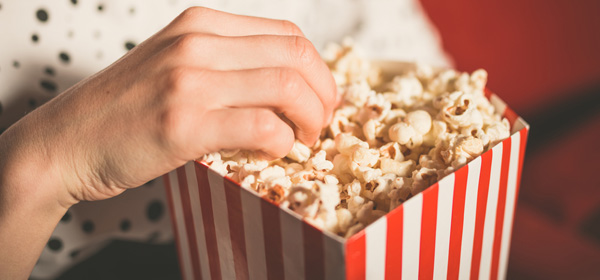by Anna Pavlou
These days, item mark-up is out of control and can leave holes in your pocket, as well as throw you off your budget. Products that are overpriced may not be worth the hassle anymore, with mark-ups almost triple the price it takes to actually make the item.
Here are seven items that are ridiculously overpriced, and tips on how you can beat these costly blows to your budget.
1. Greeting cards
Yes, these cards are mostly high quality, on good paper with neat detail; however, buying individual greeting or celebration cards can be as expensive as $9 each. If you’re on a budget, purchasing these cards is not an option. There are so many cheaper options at hand: making your own cards or getting the grandchildren to design them for you, making the gesture more sincere and personal. Also, purchasing in bulk may save you up to 40 per cent.
2. Bottled water
On average, bottled water is marked up by 300 per cent over tap water. Mount Franklin sell bottled water for $1 per litre, as compared to the Woolworths brand, which retails for 42c. There is no research that proves that Mount Franklin has any benefits over the home brand, so buying cheaper and in bulk may be right for you. If not, tap water is still the best option in Australia, with filtration available, if necessary.
3. Coffee and tea
The average coffee these days costs around $5, which, added up, amounts to about $100 a month and can reach up to $1200 a year! At home, it costs 16c to 18c a day to make your own, adding up to only $45 a year. It may be time to ditch the coffee shop and brew your own. You could save up to $1155 over 365 days!
4. Prescription drugs
Mark-ups here range form 2000 to 3000 per cent, enough to give anyone a headache and leave them with an empty pocket. On average, prescription medication costs four times more in Australia than the rest of the world, meaning many can’t take their required medication due to the cost.
Saving on prescriptions is easy. Just ask you doctor for free samples and generic substitutes, which are much more cost-effective while equally beneficial. Compare the prices of different pharmacies to get the best deal.
5. Eyeglass frames
For most people, dishing out over $500 for non-branded frames is problematic, so $700 or more for Armani and other branded names is firmly off the agenda. Mark-ups on eyeglass frames are atrocious, reaching, on average, 1000 per cent, which for anyone is a struggle. It costs around $14 for manufacturers to make these frames, so keep an eye out on eBay or Amazon for the cheaper options and discounts.
6. Cinema popcorn and treats
It costs the movie theatre around 37c to make popcorn; however, they can retail for up to $7 for consumers, making a trip to the cinema a costly outing. For four people, a movie meal (regular-to-large popcorn and regular drink) can cost up to $50, not including ticket prices!
An alternative might be to make your own popcorn from scratch, which costs around 95c a bag, or buy pre-made popcorn, costing an average of $2.50 for a 100g bag.
7. Fresh produce
With produce marked up as much as 75 per cent, many of us may not have the cash-flow to purchase the recommended nutrition from fruits and vegetables that we require on a weekly basis. Buying in season is the best way to find a bargain. Additionally, avoiding pre-cut veggies and fruit can save you up to 50 per cent weekly.
Do you have any tips for slashing your grocery bill?
Related articles:
Money-saving tips for travellers
Comparing food prices online
No cheap cherries this Christmas

